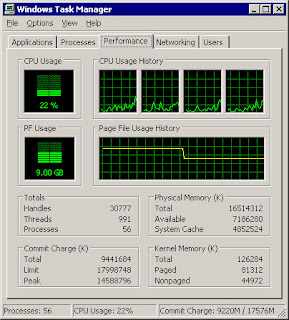Welcome to Microsoft Exchange Server 2007 Unattended Setup
Preparing Exchange Setup
Exchange Server setup encountered an error.
This error can be caused by a halted command line install. To fix it, remove the following keys from the registry and re-run the setup
HKEY_LOCAL_MACHINE\SOFTWARE\Microsoft\Exchange
HKEY_LOCAL_MACHINE\SYSTEM\CurrentControlSet\Services\MSExchange ADAccess
HKEY_LOCAL_MACHINE\SYSTEM\CurrentControlSet\Services\MSExchange Anti-spam Update
HKEY_LOCAL_MACHINE\SYSTEM\CurrentControlSet\Services\MSExchange Autodiscover
HKEY_LOCAL_MACHINE\SYSTEM\CurrentControlSet\Services\MSExchange Common
HKEY_LOCAL_MACHINE\SYSTEM\CurrentControlSet\Services\MSExchange EdgeSync
HKEY_LOCAL_MACHINE\SYSTEM\CurrentControlSet\Services\MSExchange IMAP4
HKEY_LOCAL_MACHINE\SYSTEM\CurrentControlSet\Services\MSExchange Management Application
HKEY_LOCAL_MACHINE\SYSTEM\CurrentControlSet\Services\MSExchange POP3
HKEY_LOCAL_MACHINE\SYSTEM\CurrentControlSet\Services\MSExchange Process Manager
HKEY_LOCAL_MACHINE\SYSTEM\CurrentControlSet\Services\MSExchange System Attendant Mailbox
HKEY_LOCAL_MACHINE\SYSTEM\CurrentControlSet\Services\MSExchange Topology
HKEY_LOCAL_MACHINE\SYSTEM\CurrentControlSet\Services\MSExchangeFDS
HKEY_LOCAL_MACHINE\SYSTEM\CurrentControlSet\Services\MSExchangeIS
HKEY_LOCAL_MACHINE\SYSTEM\CurrentControlSet\Services\MSExchangeMailboxAssistants
HKEY_LOCAL_MACHINE\SYSTEM\CurrentControlSet\Services\MSExchangeServiceHost





